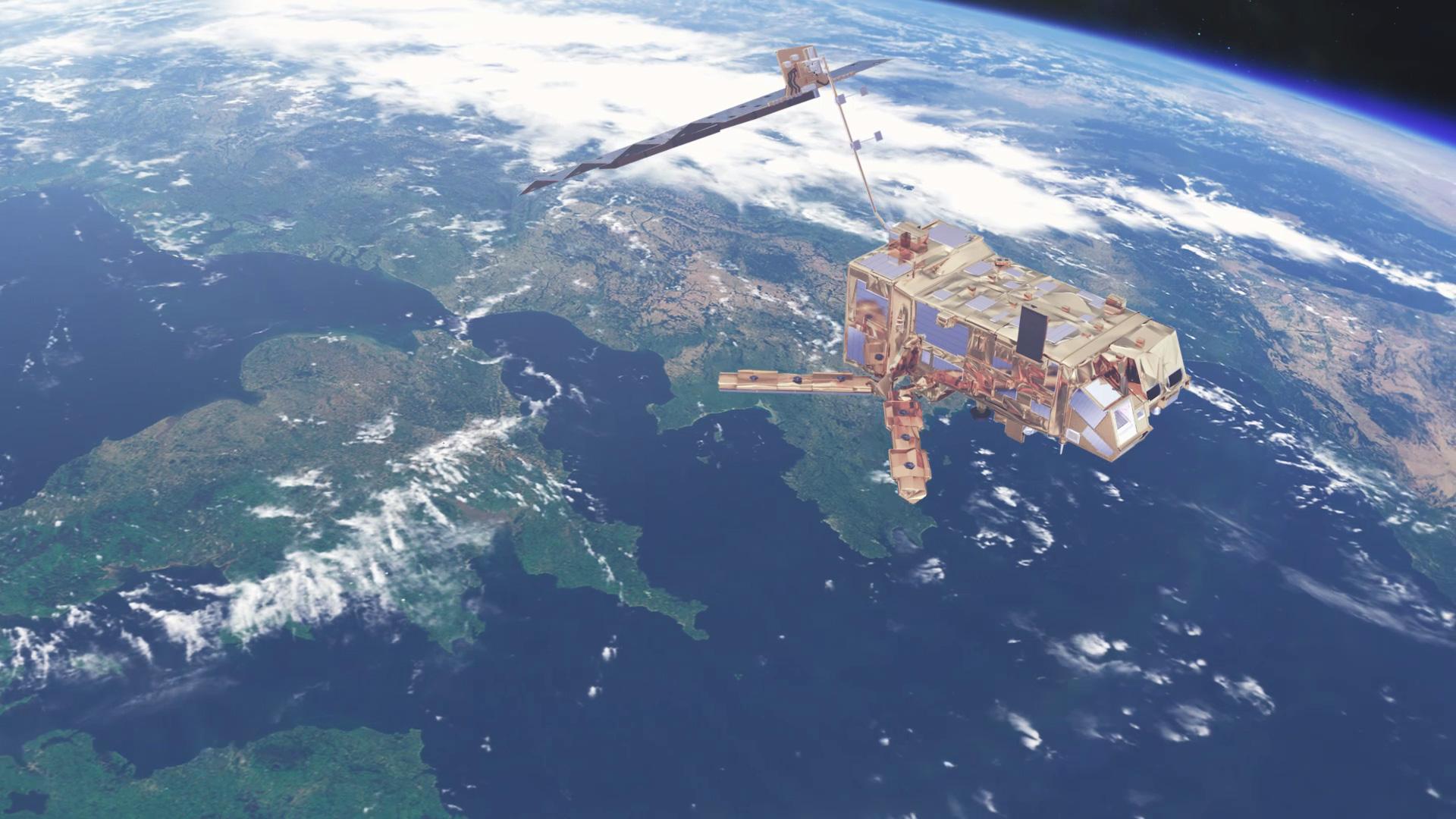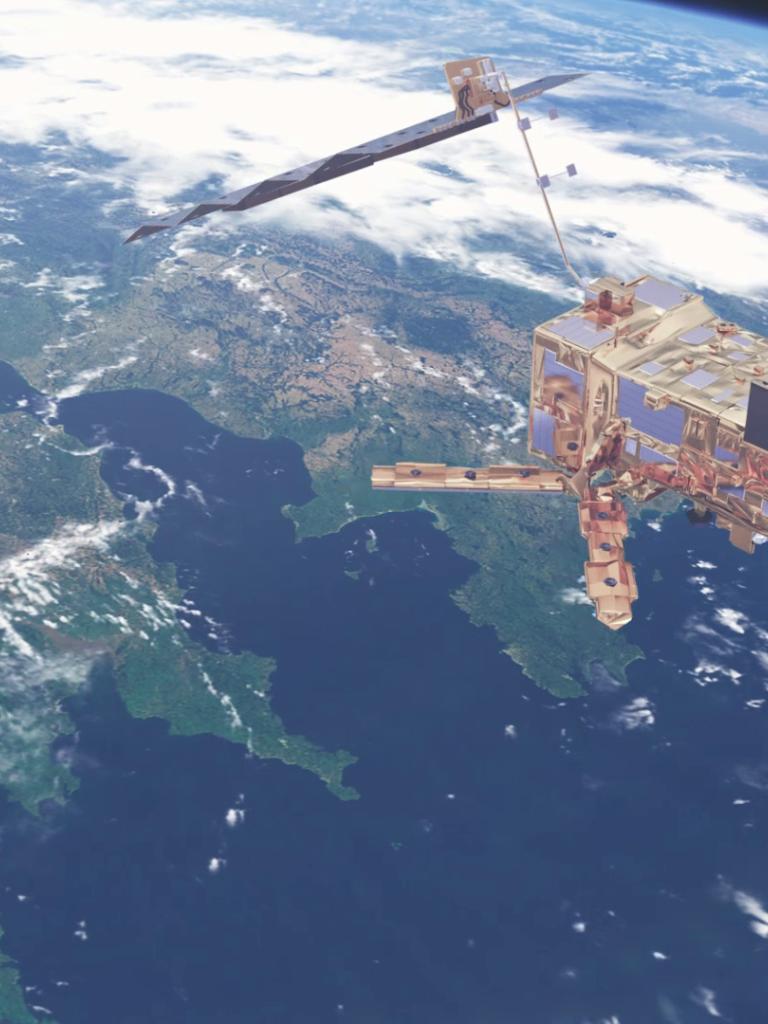A forecasting revolution on its way
MTG-I keeps the promise of a revolution in weather forecasting.

Get to know Eulalie Boucher, winner of a 2022 EUMETSAT Early Career Scientist Award


Boucher and colleagues apply new methods, using multiple layers of machine learning to localise observations and attempt to reduce errors.
"Deep learning applies current machine learning approaches such as neural networks at multiple layers, which allows the network to learn complex features and representations of the data,” Boucher explains.
“This is having a very positive impact on a wide range of research fields. To maximise its potential in meteorology, for example, it’s important to understand and account for potential errors caused by compromises.”
One area Boucher’s team is working on is data retrieval and the processing of temperature measurements provided by the Infrared Atmospheric Sounding Interferometer (IASI) instrument aboard EUMETSAT’s Metop polar-orbiting satellites.
“By applying deep learning methods to IASI datasets, we have been able to improve the accuracy of extreme temperature predictions, which I hope can soon be expanded to datasets provided by other instruments.
“Eventually this work could benefit applications such as numerical weather prediction models and climate studies – it gives me great satisfaction to be working on projects that could have such direct benefits for societies around the world.”
Adam Gristwood